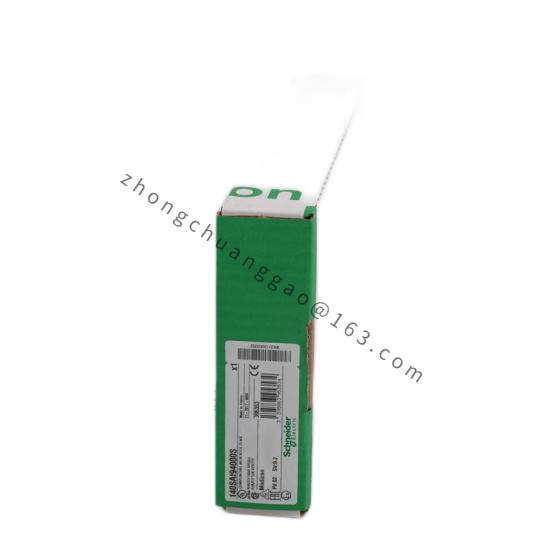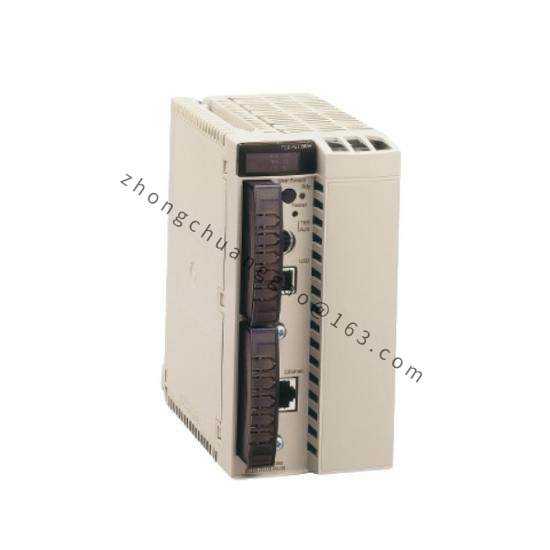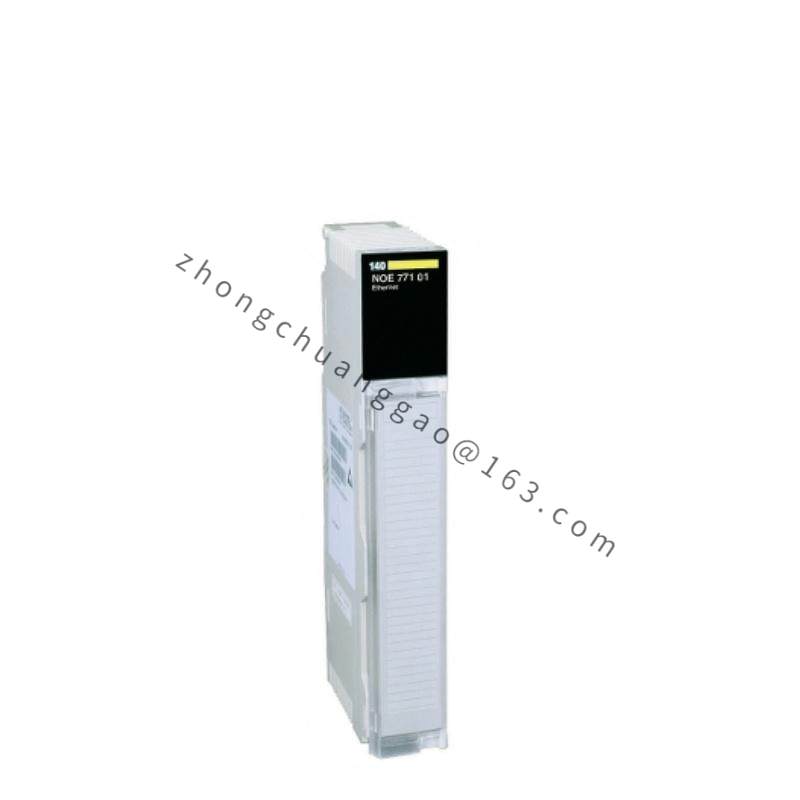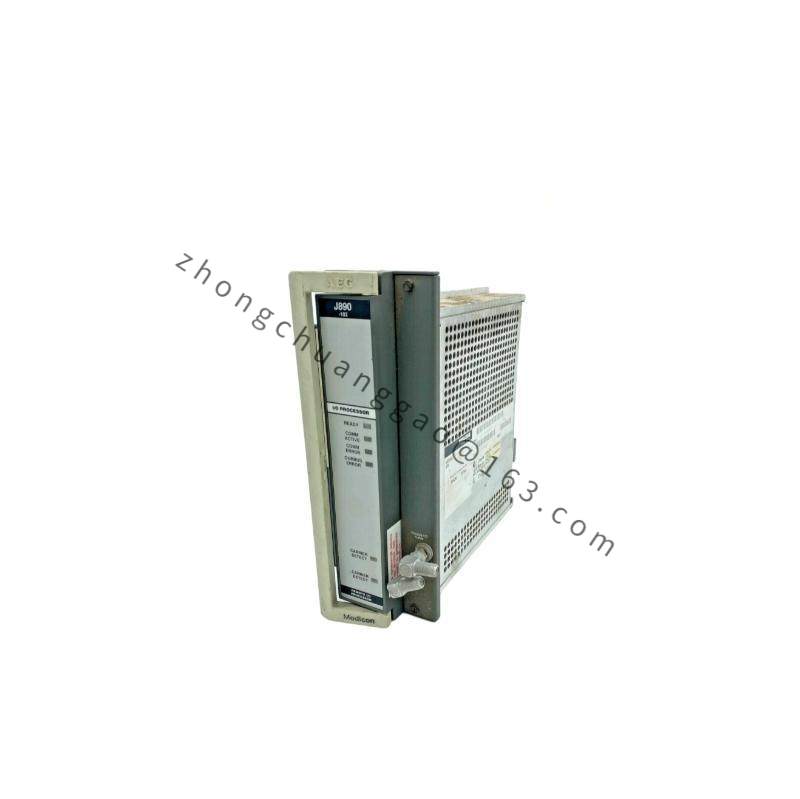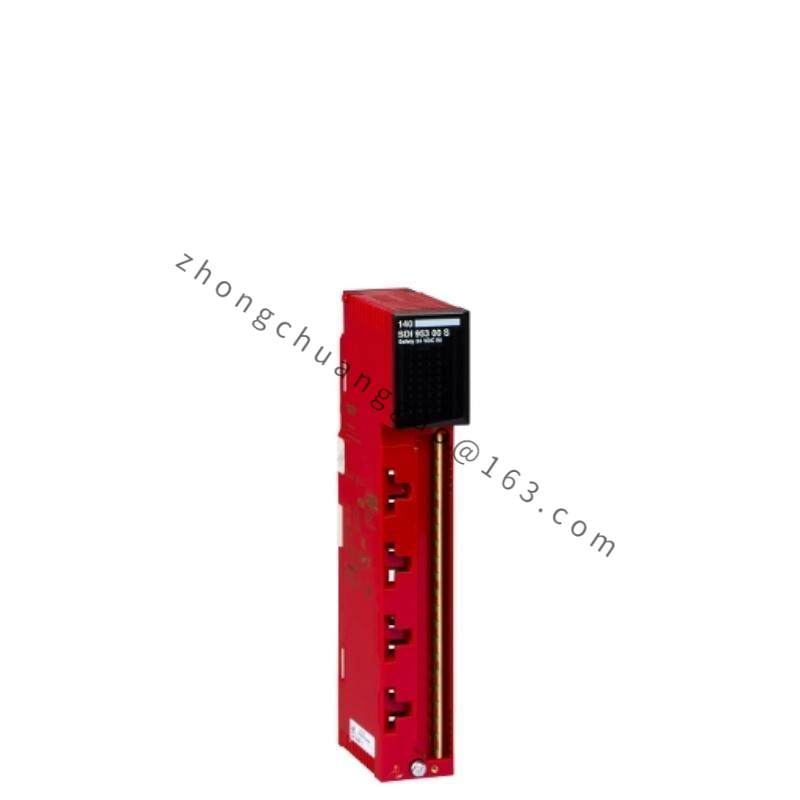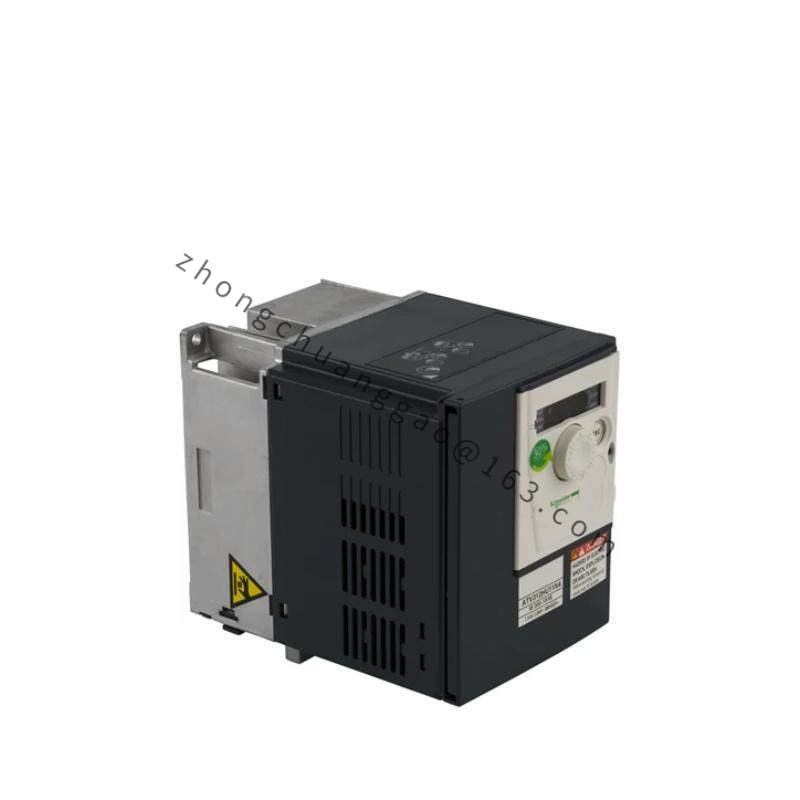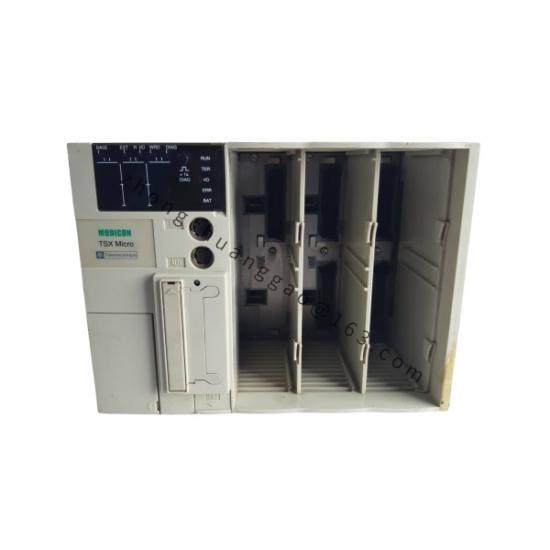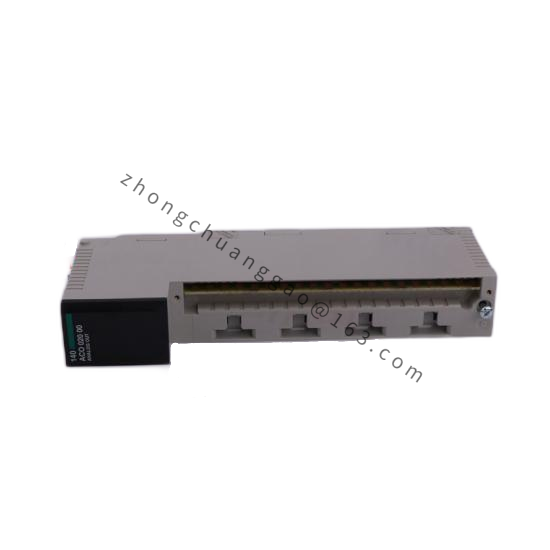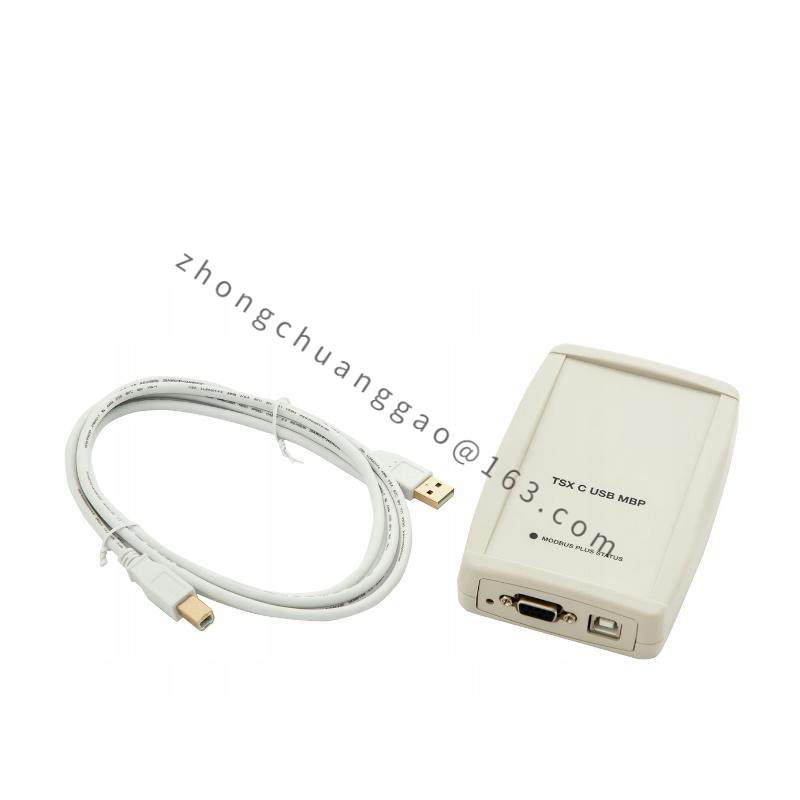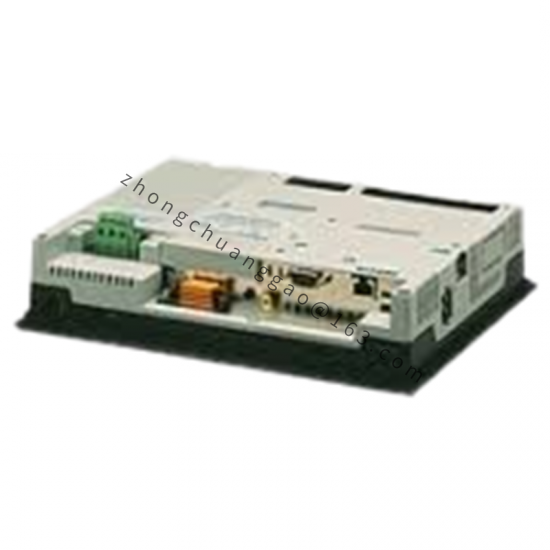Schneider Electric 140CPU67060 Redundant Control Module
The Schneider 140CPU67060 Redundant CPU offers a high-performance, reliable control solution for industrial automation systems. Designed for seamless operation and safety, it ensures continuous production processes with its Unity Hot Standby feature.
Detailed content
Processor Speed:200 MHz
Operating System:DeltaV
Memory:64 MB RAM, 16 MB Flash
I/O Capacity:Up to 128 I/O points
Power Supply:24 VDC, 500 mA
Communication Interface:Ethernet, DeviceNet, ControlNet
Dimensions:120 mm x 146 mm x 76 mm
Weight:0.3 kg
The Schneider 140CPU67060 Redundant CPU is a highly reliable core component for industrial automation systems, ensuring continuous operation even in the face of unexpected failures. It features a dual-core processor for enhanced performance, capable of executing complex control algorithms at speeds up to 200 MHz. The DeltaV operating system provides a user-friendly interface for programming and monitoring, facilitating efficient system management and maintenance.
With a robust memory configuration of 64 MB RAM and 16 MB Flash, the CPU can handle extensive data processing and storage requirements, making it suitable for large-scale industrial applications. Its I/O capacity of up to 128 points allows for seamless integration with various sensors and actuators, enabling precise control over industrial processes.
Equipped with advanced communication interfaces such as Ethernet, DeviceNet, and ControlNet, this CPU ensures seamless connectivity with other components in an industrial network. This feature is crucial for implementing distributed control systems and enhancing operational efficiency.
The compact design, measuring 120 mm x 146 mm x 76 mm and weighing only 0.3 kg, makes it easy to install in a variety of industrial settings. Its compact size does not compromise on performance, making it a versatile solution for space-constrained environments.
The Schneider 140CPU67060 Redundant CPU is designed with safety in mind. It includes redundant power supply options, ensuring that the system remains operational even if one power source fails. This redundancy significantly reduces downtime and enhances overall system reliability, which is critical for industries where operational continuity is paramount.
